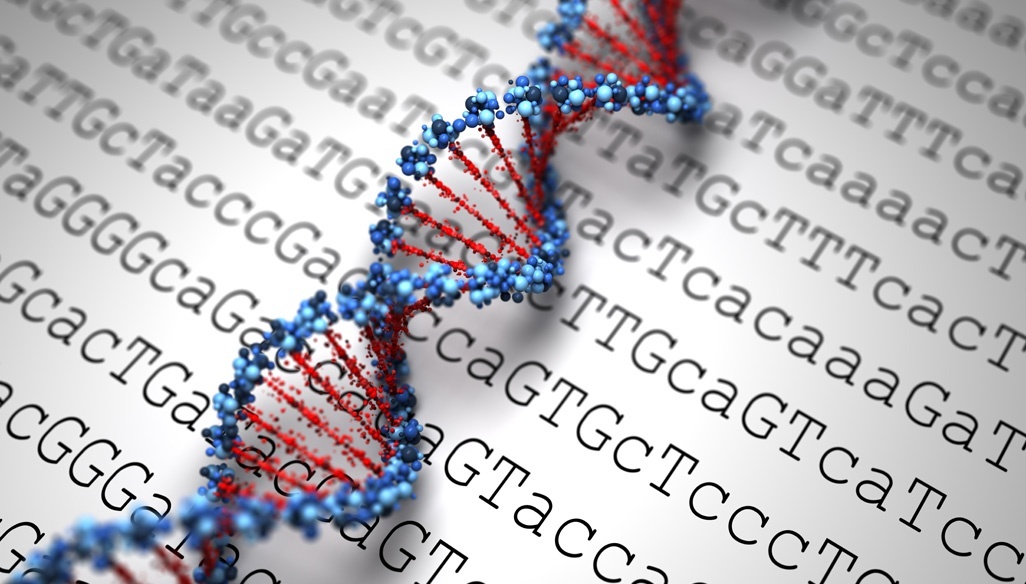By Jill Levy-Fisch
Special to Campus News
This year, over 200,000 Americans will order genetic tests to see if they’re at risk for more than 2,000 hereditary diseases, including cancer. Patients and their doctors can choose tests from over 500 different laboratories.
Most people don’t think twice about their choice of lab. They figure all labs’ tests are of similar quality. They’re wrong.
Many labs are sending patients inaccurate test results. Sometimes, labs notify patients that they have a dangerous genetic mutation when they really don’t. So patients needlessly undergo expensive and invasive surgeries to prevent a disease they’re unlikely to develop.
Other times, labs tell patients that a mutation is harmless — when it’s actually dangerous. So patients don’t take preventative actions and ultimately develop deadly diseases.
It’s time for the FDA to protect patients by regulating these tests, just as the agency regulates prescription drugs.
Genetic tests, formally known as “laboratory developed tests,” detect mutations in people’s DNA. Some mutations are harmless. Others make it extremely likely that a person will develop a certain disease later in life. Certain mutations in the BRCA gene, for instance, give women an 87 percent chance of developing breast cancer.
This foreknowledge can be lifesaving. Women who learn they’re at heightened risk of breast cancer can undergo frequent screenings. Women who catch early-stage tumors have a 93 percent five-year survival rate, according to the American Cancer Society. When patients don’t catch tumors until the most advanced stage, after the cancer has spread throughout the body, the survival rate plummets to 15 percent.
Many women with BRCA mutations preemptively have their breasts and ovaries removed to prevent tumors from forming.
Patients need reliable information before deciding whether to undergo such invasive surgeries. Too often, many labs provide inaccurate genetic test results.
Consider a 48-year-old woman who took a genetic test at a local lab and tested positive for a BRCA mutation. She decided to have her breasts, uterus, and ovaries removed. After the procedure, her parents also underwent genetic testing. Neither of them tested positive for the gene. Stunned, the woman took another test, which came back negative.
Or take one California-based lab that just admitted its tests failed to detect a mutation linked to colorectal cancer. Thousands of patients may have received the faulty tests.
Many newer labs don’t have enough experience or samples to find mutations or determine whether a mutation is harmful. Many are so new that they’ve only published a relative handful of peer-reviewed studies and invested just a few million dollars in developing their tests.
The consequences of incorrect diagnoses are severe. Society loses $775,000 for every breast cancer patient who receives a false negative result, according to an FDA study.
More federal oversight could prevent laboratories from delivering inaccurate test results.
The FDA proposed several reforms to govern laboratory developed tests last year. All new and severely modified LDTs, for instance, would have to undergo a rigorous review process. This process could help identify quality control missteps that could lead to false diagnoses. The FDA would also continually monitor the quality of LDTs to ensure that they deliver accurate results.
Such reforms would protect patients and save lives. But so far, Congress has shown little interest in allowing the FDA to regulate LDTs. Until that changes, thousands of Americans will continue to receive inaccurate and incomplete genetic test results.
 Jill Levy-Fisch is president of the Save Babies Through Screening Foundation. The Foundation’s goal is to see that every baby born in the United States is screened successfully, effectively, and comprehensively.
Jill Levy-Fisch is president of the Save Babies Through Screening Foundation. The Foundation’s goal is to see that every baby born in the United States is screened successfully, effectively, and comprehensively.






Facebook Comments